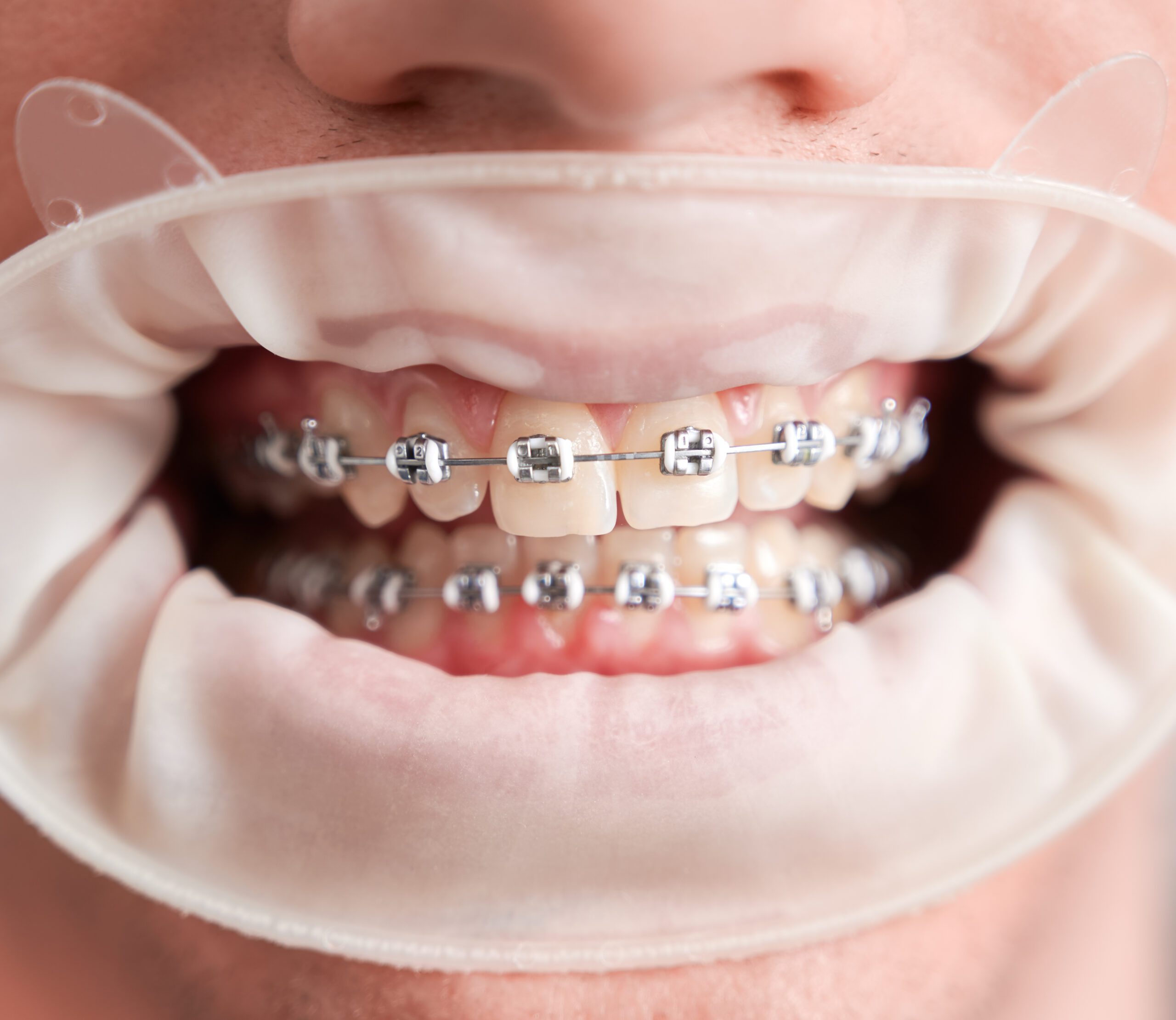If you are looking for “Braces medical tourism-5 best countries” then your search ends here. Braces medical tourism involves traveling to another country to receive orthodontic treatment, including the installation and adjustment of braces. Discover braces medical tourism’s best countries: Mexico, Ukraine, Thailand, Israel, and Turkey. Achieve your dream smile abroad!
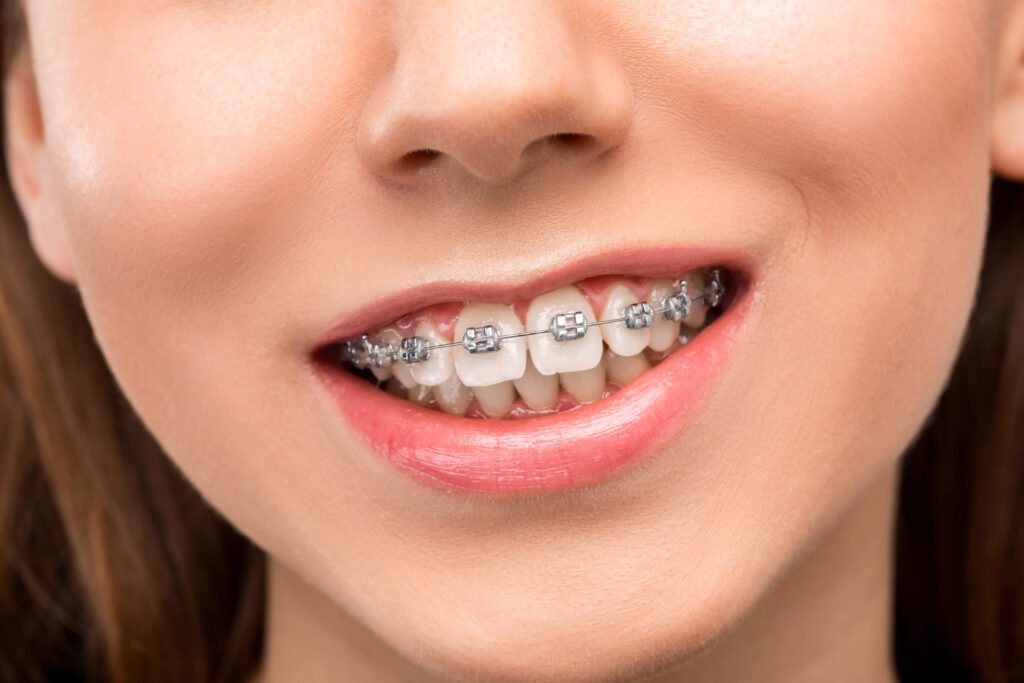
Table of Contents
Braces medical tourism-5 Best countries
Experience Medical Tourism Braces, where you can enjoy a dream destination while getting affordable, top-notch orthodontic treatments. Achieve a stunning smile while exploring the world. Embark on a journey of braces medical tourism to the finest destinations. Mexico, Ukraine, Thailand, Israel, and Turkey offer exceptional dental care, advanced facilities, skilled orthodontists, and cost-effective treatments. Experience breathtaking sights, vibrant cultures, and receive top-notch dental services while achieving your dream smile abroad.
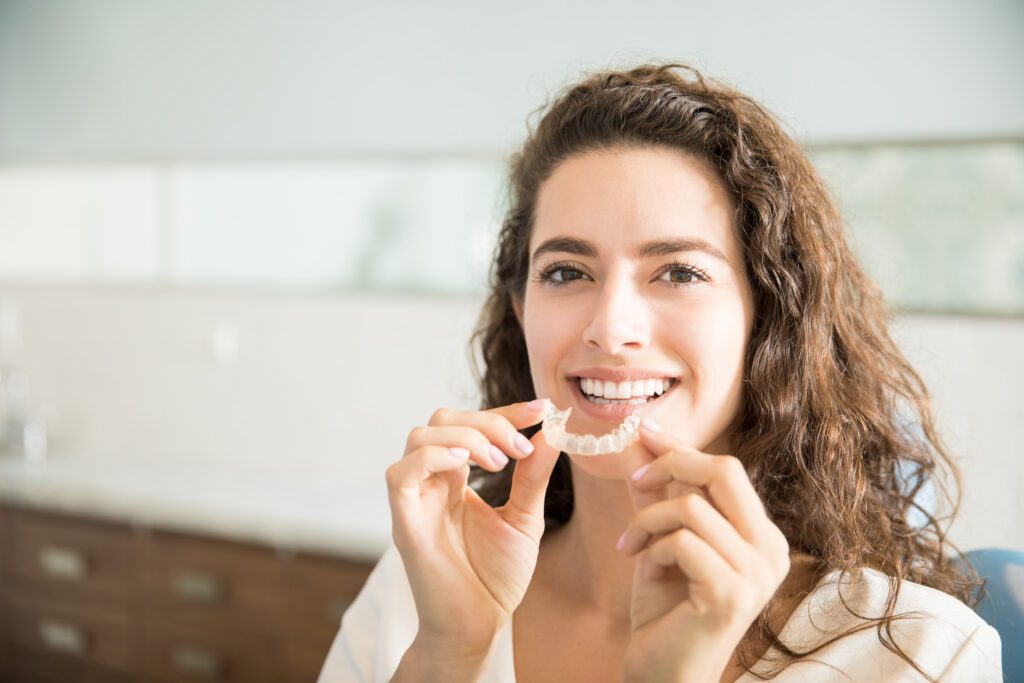
Braces medical tourism-5 Best countries offer an incredible opportunity for individuals seeking orthodontic treatments. With Mexico, Ukraine, Thailand, Israel, and Turkey as the leading destinations, patients can access top-notch dental care, cutting-edge facilities, and skilled orthodontists. These five countries have gained recognition for their excellence in providing cost-effective braces treatments. Experience the beauty of Mexico, Ukraine, Thailand, Israel, and Turkey while receiving world-class dental services and achieving the smile of your dreams through braces medical tourism-5 Best countries.
Important factors of medical tourism braces
Destination selection: Research and select a country known for its reputable dental care and expertise in orthodontics. Popular destinations for dental tourism include countries like Mexico, Thailand, Israel, Turkey, Costa Rica, Hungary, and India. Look for information on the quality of dental clinics, orthodontist qualifications, and patient feedback.
Settle on a dental facility or orthodontist known for their magnificent history in conveying first rate orthodontic administrations. Look for certifications, qualifications, and experience of the orthodontist. It’s beneficial to review before-and-after photos of previous orthodontic cases they have treated.
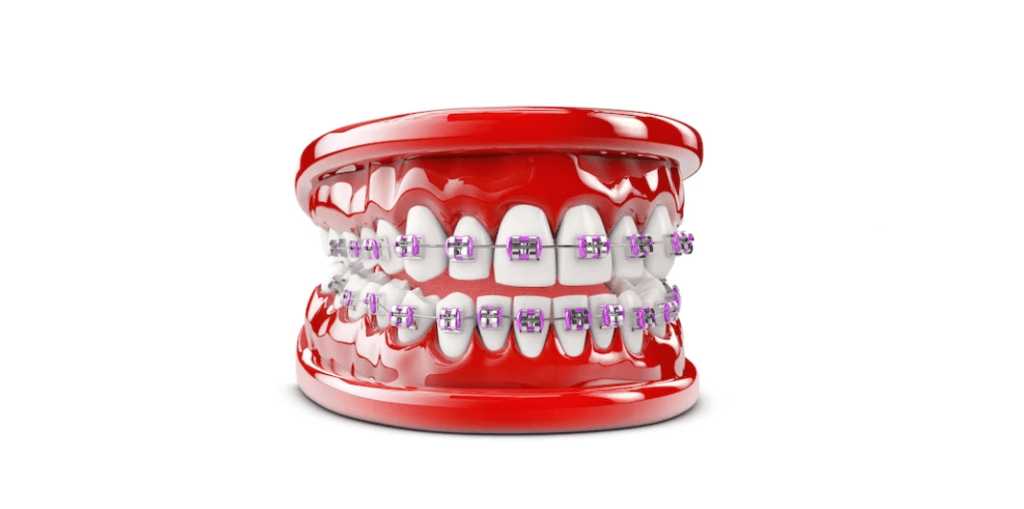
Treatment planning: Before traveling, arrange a comprehensive consultation with the orthodontist to discuss your specific needs and treatment plan. They may request X-rays, dental impressions, and other diagnostic tests to evaluate your orthodontic condition accurately.
Treatment duration and follow-up: Determine the expected duration of your treatment and whether it aligns with your travel plans.
Take into account the frequency of required visits during your duration of stay and ascertain whether any post-treatment follow-up appointments will be necessary upon your return. Adequate time should be allotted for adjustments, maintenance, and monitoring throughout the treatment process.

Cost considerations: Compare the costs of orthodontic treatment, including the braces, consultations, and adjustments, in different countries. It’s essential to remember that the cost of supports can vary contingent upon the intricacy of the case and the particular sort of supports picked. Additionally, consider travel expenses, accommodations, and any necessary pre- and post-treatment care costs.
Accredited facilities: Ensure that the dental clinic you choose is accredited and adheres to international standards of dental care, hygiene, and safety. By doing so, you can ensure a heightened level of quality and simultaneously minimize the likelihood of encountering any issues.
Communication and language: Consider language barriers and ensure effective communication with the orthodontist and dental staff. It’s essential to be able to communicate your concerns, preferences, and expectations clearly to ensure proper treatment.
Follow-up care at home: Discuss with the orthodontist how any necessary follow-up care or adjustments will be handled once you return home. It is critical to have a strategy in place to guarantee that your orthodontic treatment continues.

Legal and insurance considerations: Understand the legal framework for dental care in the chosen destination, including the regulations governing orthodontic treatment and patient rights. Additionally, check if your insurance covers orthodontic treatment abroad or if you need to arrange for alternative payment methods.
Aftercare and maintenance: Clarify the post-treatment care instructions and maintenance requirements for your braces. Understand the recommended oral hygiene practices, dietary restrictions, and how to handle any potential emergencies or complications that may arise during or after the treatment.
What is braces ?
Braces refer to orthodontic appliances used to correct dental misalignments, improve bite functionality, and enhance the overall appearance of a person’s teeth and smile. They consist of various components, including brackets, wires, and elastic bands, which work together to gradually shift and align the teeth into proper position over time. Braces apply gentle and controlled pressure on the teeth, causing them to move into the desired alignment. They can be made of different materials like metal, earthenware, or clear plastic, giving choices to suit individual inclinations.
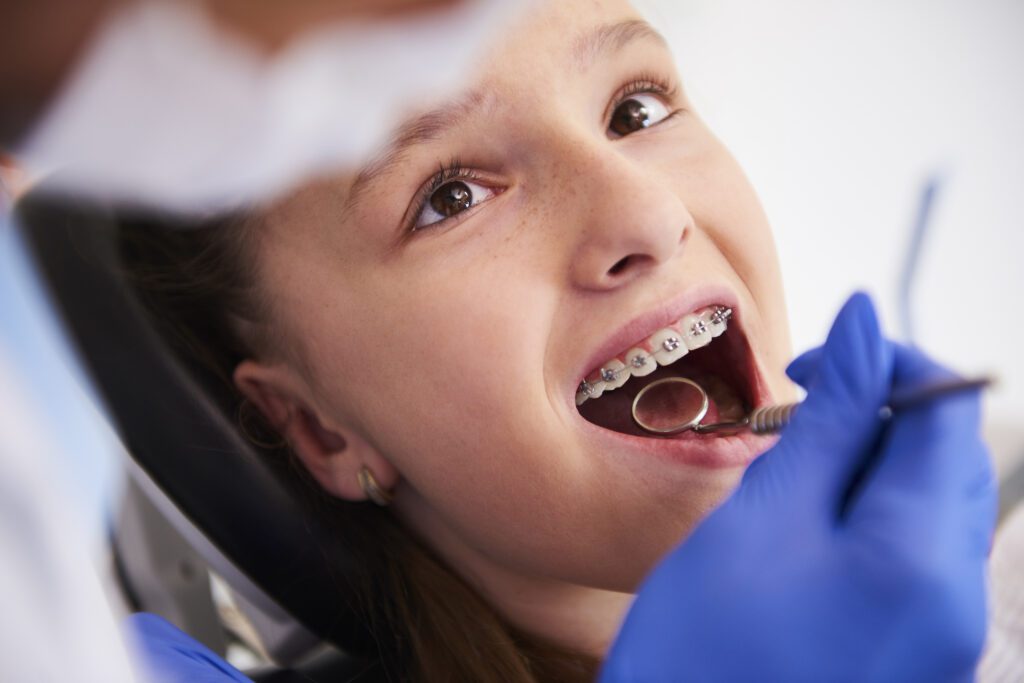
Braces are commonly used to address issues such as crooked teeth, overcrowding, gaps between teeth, overbites, underbites, and crossbites. Orthodontists, specialized dentists, are responsible for evaluating, planning, and implementing orthodontic treatments, including the application and maintenance of braces. The duration of wearing braces varies depending on the complexity of the case and the individual’s response to treatment. Regular adjustments and follow-up visits are required to guarantee progress and attain the best possible results.
Types of Braces and Cost
When considering orthodontic treatment, a plethora of braces options exist, each presenting distinctive attributes and considerations. The choice of braces depends on individual needs, preferences, and budget. Let’s explore some common types of braces and their associated costs.
| Type of Braces | Description | Average Cost |
| Metal Braces | Traditional braces made of metal brackets and wires. | $3,000 – $7,000 |
| Ceramic Braces | Braces with ceramic brackets that blend with teeth color. | $4,000 – $8,000 |
| Lingual Braces | Braces placed on the backside of teeth for a hidden appearance. | $8,000 – $10,000 |
| Invisalign | Clear, removable aligners that gradually straighten teeth. | $3,000 – $8,000 |
| Self-Ligating Braces | Braces with specialized brackets that do not require elastic ties. | $4,000 – $8,000 |
| Damon Braces | Self-ligating braces with low-friction brackets. | $3,800 – $8,500 |
| Clear Aligners | Transparent, removable aligners for minor adjustments. | $2,500 – $7,000 |
| Removable Braces | Braces that can be taken out for eating and cleaning. | $2,000 – $5,000 |
Braces Colors
Braces colors vary and can be customized to suit individual preferences. Popular choices include vibrant shades like blue, green, red, and even metallic hues.
| Braces Colors | Description |
| Clear/Transparent | Blends with teeth for a more discreet look. |
| Metal | Traditional silver-colored braces. |
| Ceramic | Tooth-colored or clear brackets for a subtle appearance. |
| Custom | Options to personalize braces with a range of colors. |
| Two-Tone | Combining two colors for a unique and vibrant style. |
| Limited Edition | Special edition colors or patterns for a trendy touch. |
| Rainbow/Multi | A colorful array of bands for an expressive and fun look. |
| Neutral Tones | Shades of white, cream, or gray for a subtle yet distinct choice. |
| Metallic Shades | Metallic hues like gold or bronze for a distinctive flair. |
| Glitter | Sparkling bands to add a touch of glamour to braces. |
| Glow-in-the-Dark | Bands that emit a soft glow in low-light conditions. |
Kindly remember that the accessibility of explicit tones might differ relying upon the sort of supports picked. Consult with your orthodontist about the colour possibilities available to you, and keep your personal style and tastes in mind when selecting braces colours to make your orthodontic experience really distinctive.
Power chain Braces
Power chain braces, also known as elastic chain braces, are orthodontic accessories used in combination with braces to help move and align teeth. They are made of a stretchy material and resemble small rubber bands. These chains are available in various colors and are placed around the brackets of the braces to create continuous force and help in closing gaps between teeth.

Here are some key points about power chain braces:
Purpose: Power chain braces are primarily used to close spaces or gaps between teeth. They exert constant pressure, gradually moving the teeth together and eliminating any spaces that may exist.
Material: Power chains are typically made of latex-free elastic material, such as synthetic rubber. This material is safe and durable.
Placement: The power chain is carefully threaded through the brackets of the braces, forming a continuous loop. It is placed around each tooth’s bracket, creating a chain-like appearance.
Color options: Power chains come in a range of colors, allowing patients to personalize their braces. Common color choices include clear, silver, white, and various shades of blue, pink, or green. Some orthodontic practices may also offer glow-in-the-dark or glitter options.
Adjustment: The power chain is periodically adjusted by an orthodontist or a dental professional during regular check-up appointments. The adjustments involve changing the length or tension of the power chain to ensure consistent pressure is applied to the teeth.
Duration of use: The duration of power chain braces varies depending on the specific orthodontic treatment plan. Some individuals may need them for a few months, while others may require them for a longer period.

Discomfort: Initially, wearing power chain braces may cause some discomfort or soreness as the teeth are being moved. This discomfort is usually temporary and can be managed with over-the-counter pain relievers or by using orthodontic wax to cushion any irritations.
Oral hygiene: Good oral hygiene practices, including regular brushing and flossing, are crucial when wearing power chain braces. It is important to clean around the brackets and under the power chain to prevent plaque buildup and tooth decay.
Make a meeting with an orthodontist or dental specialist to lay out assuming power chain supports are proper for your exceptional orthodontic requirements and to get right treatment direction.
Teeth Braces side affects
Discomfort and tenderness often accompany the initial application or adjustment of braces, which is a typical response as individuals may feel slight soreness in their teeth and gums. This usually subsides within a few days as the mouth adjusts to the braces. Braces can occasionally cause irritation to the soft tissues in the mouth, leading to the production of mouth sores or ulcers. Using wax or orthodontic silicone to cover the sharp edges of the braces can help alleviate this issue.
Maintaining optimal oral hygiene becomes more challenging with braces, potentially raising the likelihood of tooth decay and gum disease. It is vital to adhere to a strict routine of regular brushing, flossing, and utilizing mouthwash during orthodontic treatment to minimize these risks.
Temporary speech changes: Some individuals may experience temporary speech changes, such as a slight lisp or difficulty pronouncing certain sounds. This is usually temporary and improves as the mouth adjusts to the braces.
Allergic reactions: In rare cases, individuals may develop an allergic reaction to the materials used in braces, such as the metal brackets or wires. In the event of enduring irritation or allergic symptoms, it is crucial to seek advice from your orthodontist promptly.
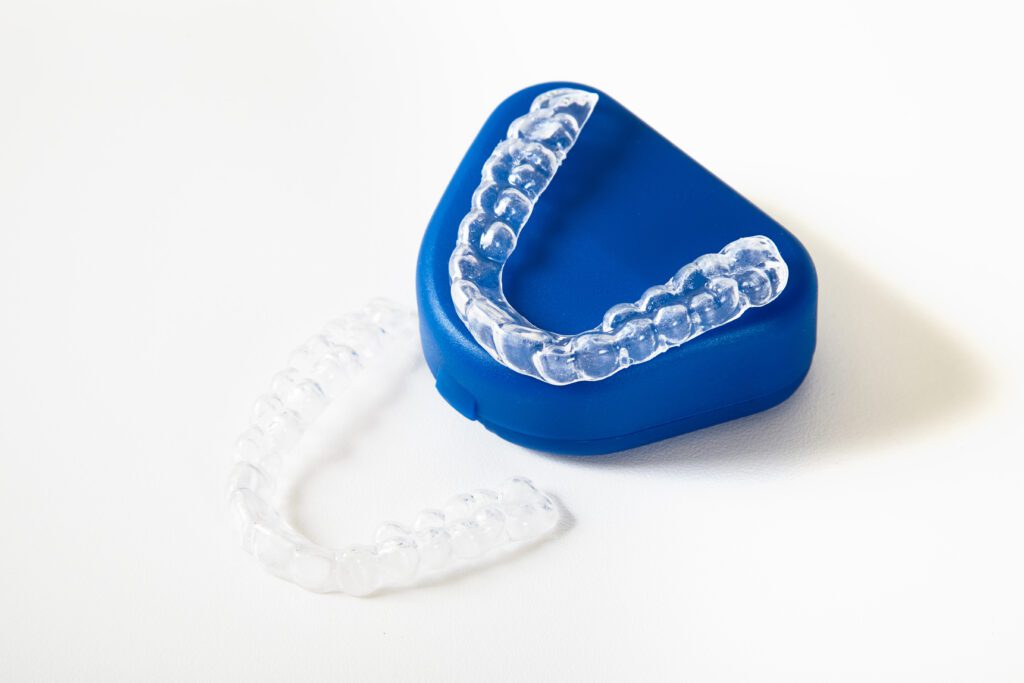
Root resorption: Root resorption is a rare side effect where the roots of the teeth may shorten due to the pressure applied by braces. This is typically a minimal and harmless effect, but severe cases are rare.
TMJ discomfort: Temporomandibular joint (TMJ) discomfort, such as jaw pain or clicking sounds, can occur in some individuals during orthodontic treatment. This is usually temporary and resolves after the braces are removed.
Which country is the best for Braces
When it comes to dental tourism, several countries stand out as top choices. Mexico, known for its affordable services, attracts a significant number of US and Canadian citizens seeking dental treatments. With its reputation for creating dazzling “Hollywood smiles” using lumineers, Mexico remains a popular destination. Ukraine, then again, has arisen as the top European country for dental treatment, with facilities in Kyiv, Odesa, and Lviv giving great consideration. From veneer installations to delicate whitening, Ukrainian dentists excel in various procedures. Thailand, a rising star in the medical tourism scene, combines dental work with a vacation experience.
| Mexico | Ukraine | Thailand | Israel | Turkey | ||
| Implants installation | from 13000$ | from 7500$ | from 8000$ | from 28000$ | from 11000$ | |
| Veneers installation | from 6500$ | from 5300$ | from 8200$ | from 10600$ | from 7000$ | |
| Whitening | from 900$ | from 400$ | from 750$ | from 1300$ | from 620$ |

Popular services in Thailand include veneer installation, ZOOM whitening, and aesthetic overlays. Israel, although expensive, boasts top-tier medical care, and many patients hail it as the best country for all-on-4 dental implants. However, language and cultural barriers can pose challenges for international patients. Finally, Turkey, considered a European destination, attracts medical tourists with its affordable prices, renowned doctors, and low-cost accommodations. Nonetheless, service quality may vary, and communication can be hindered by language barriers. When considering dental treatment abroad, it’s important to compare prices for services like implants, veneers, and whitening while also consulting with your doctor to determine the best course of action.
Conclusion
In conclusion, when considering medical tourism for braces, factors like reputable destinations, qualified providers, thorough treatment planning, cost considerations, accredited facilities, effective communication, follow-up care, legal aspects, aftercare, and for those seeking braces medical tourism, comparing the 5 best countries based on affordability, quality, and cultural factors is crucial for a successful and cost-effective orthodontic journey.
FAQ
Q: What is medical tourism?
A: Medical tourism refers to traveling to another country to seek medical or dental treatments. It allows individuals to access quality healthcare services, often at a lower cost, while combining it with the opportunity to explore a different destination.
Q: Why do people choose medical tourism for braces?
A: People choose medical tourism for braces primarily for affordability without compromising on quality. It enables them to receive orthodontic treatments, including the installation and adjustment of braces, in countries known for their reputable dental care, expert orthodontists, and competitive pricing.
Q: How do I choose the right destination for medical tourism braces?
A: While picking an objective for clinical the travel industry supports, think about elements like the country’s standing for dental consideration, skill in orthodontics, nature of dental centers, orthodontist capabilities, patient criticism, and adherence to worldwide norms of care and wellbeing.
Q: What are the potential risks of medical tourism braces?
A: While medical tourism for braces can be a rewarding experience, there are potential risks to consider. These include language barriers, differences in legal frameworks, potential complications during treatment, and the need for adequate aftercare and follow-up when returning home.
Q: How can I ensure the success of my medical tourism braces?
A: To ensure the success of your medical tourism braces, it is essential to conduct thorough research, choose reputable clinics or orthodontists, communicate effectively with the healthcare professionals, follow pre and post-treatment instructions, adhere to oral hygiene practices, and consult with your local dentist for necessary follow-up care upon returning home.
If you are planning to visit Bali, please click the below link
